Chris Parkin presents a review of the Browning T-Bolt Target Laminate .22LR rifle
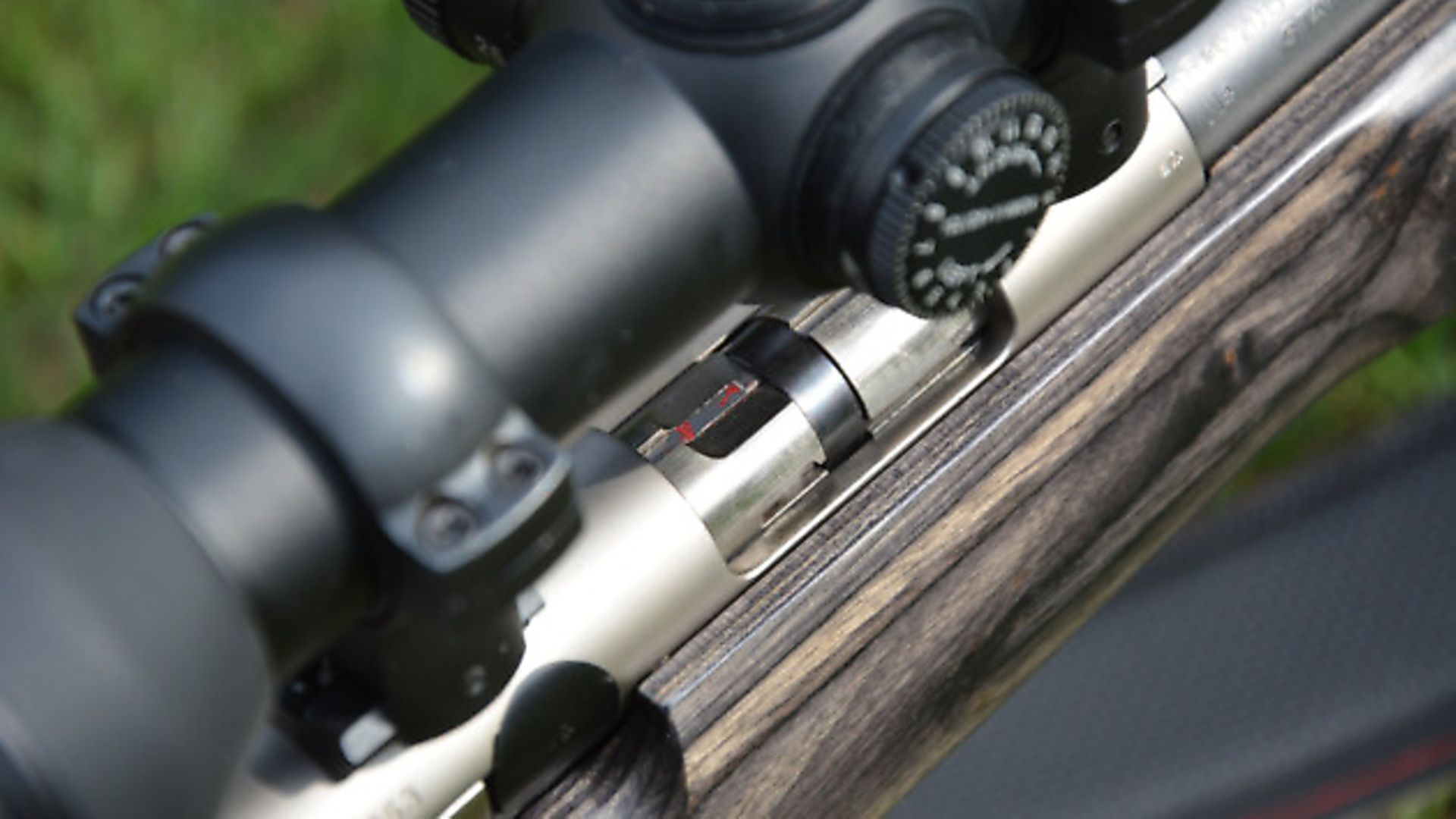 credit: Archant
credit: Archant
Likes
I love the unique and fast bolt operation
One of the best rimfire triggers out there
Weaver bases are a move to the future from 11mm dovetails
Superb manufacturing quality
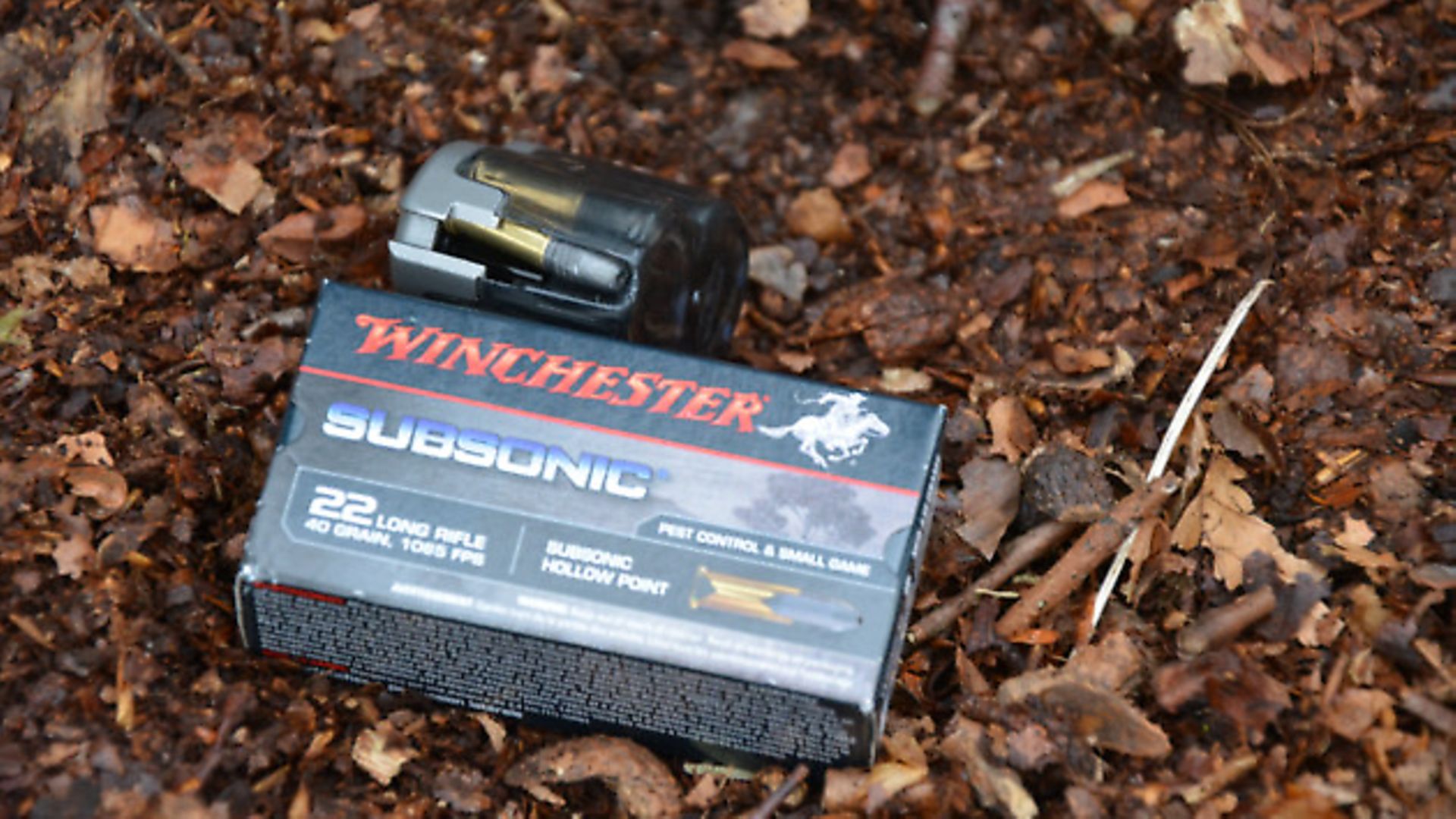 credit: Archant
credit: Archant
Dislikes
A few sticky moments with the magazine
No left handed option
Barrel is longer than needed
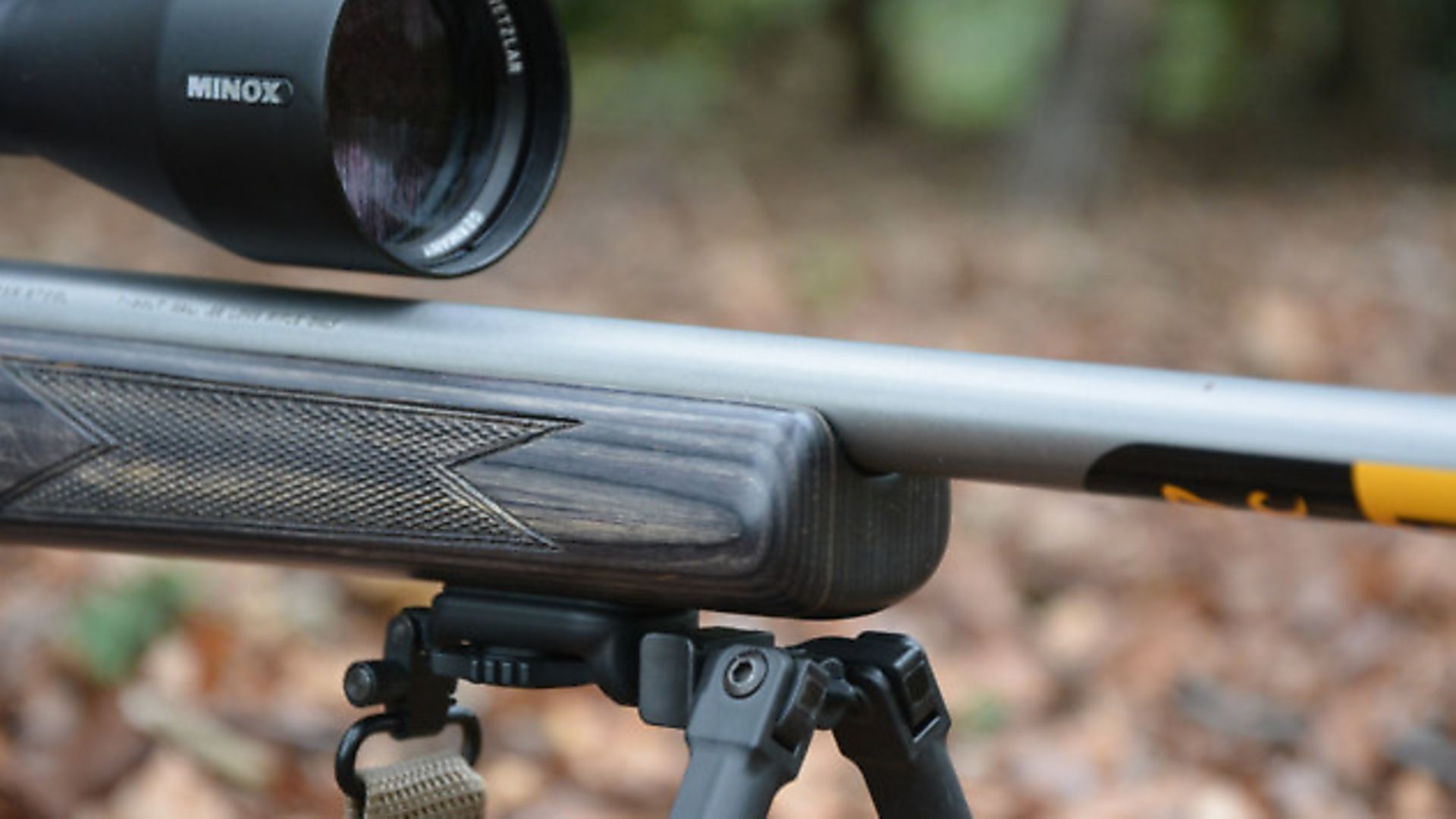 credit: Archant
credit: Archant
Verdict
Some people and things in life seem to just want to be different. Browning’s T-Bolt is a really neat design that has encapsulated a perfect example of thinking outside the box, and do you know what, they have done it really well.
Specifications,
Overall length, 40”
Weight, 5lbs
Magazine capacity 10 round double helix
Trigger Single stage, 3lb pull
Barrel length 18”/457mm
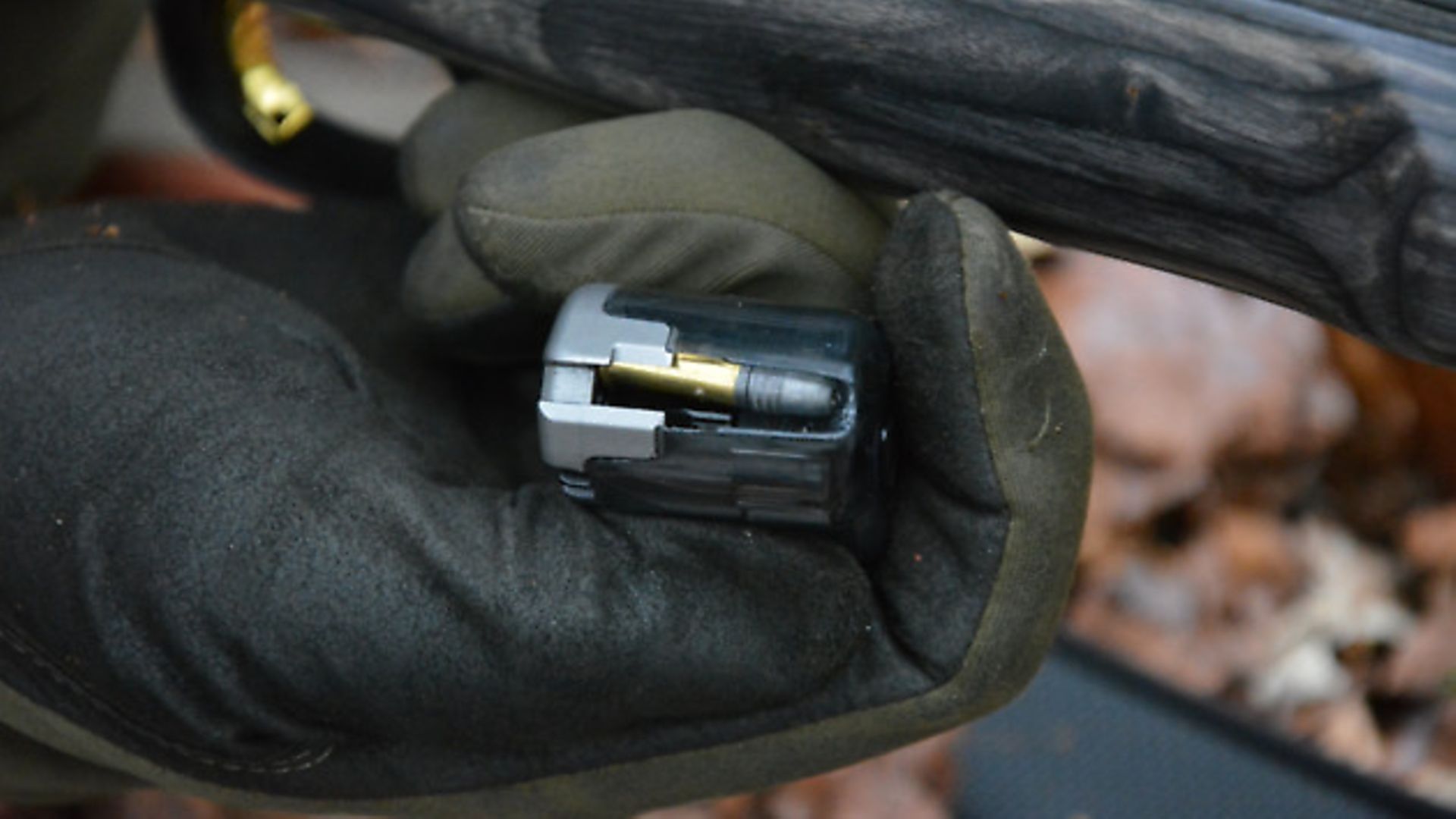 credit: Archant
credit: Archant
Recommended retail price
£550
Contact
BWM Arms
01235 514550
www.browning-int.com
IN DEPTH
 credit: Archant
credit: Archant
The simple turn-bolt action is the action of the sporting rifle world, and to take a step away from it is a brave decision. There is no need to do it, so why do it? Well, perhaps it’s because you have a designer and team open to new ideas and, although cautious of long-term design surety, why the hell shouldn’t you do something a bit bonkers?
Browning’s T-Bolts are made in Japan, and it’s easy to see the heritage from a likely link with much of the rest of the Browning/Miroku design ethos. The fit and finish of all parts of the rifle, both laminate and steel, were faultless, and I have never seen a laminate rifle stock chequered to quite such a neat, high standard. ‘T-Bolt Target’ implies this is a heavier gun than a standard sporter, but since a .22 RF hardly develops any barrel heat, there isn’t much to absorb or shed by going heavier than a light sporter. However, product image is always good. The specified 16.5” barrel is neatly finished with a ½” thread at the muzzle for a moderator, and shows a crisply cut crown for a perfect exit from the bore. It is actually nearer 18” when measured to the bolt face, which is a little longer than I would like since it doesn’t really do much, except add weight and bulk to what is otherwise a wonderfully handy rifle. Being a laminate, stiffness in the stock is not in doubt, with great temperature stability and a perfectly applied coating to shrug off moisture and dirt. As mentioned, it is very neatly chequered, and handles very well with intrinsic pointability quite like that of a shotgun; .22 rimfires are very commonly used for pest control and/or intuitive fast-fire shooting from multiple positions. The fore-end is a medium beavertail profile to fill your hand, and it floats the barrel perfectly central all the way along its length, regardless of shooting position. It will easily resist deliberately applied force to demonstrate its ruggedness; no wonder zero was found at any time from intermittent barrel pressures and contact.
After shrinking through a slimmer flat-sided profile as it passes the action, the stock retains its shotgun feel with a straight-handed grip, but a Monte Carlo cheekpiece aids better head alignment for a scope-equipped gun – no irons are supplied. The back end is quite short at 13½”, but I tend to forgive this on rimfires as it does allow more versatility, as long as you specify a scope without overly long eye relief (beyond 90mm or so). The butt plate is exactly that – a polymer plate with a prominent ‘Browning’ logo moulded into it that grips your clothing a little better for positional surety; I still prefer rubber, though. Reach to the trigger is quite short, but you will hardly notice as it’s a fantastic unit. The smooth gold blade carries a rounded profile for comfortable fit and feel within the spacious trigger guard, even wearing gloves. The blade hardly seems to move, with near zero overtravel, but the pull is precise and consistent with a great, clean break; only the match grade unit on an Anschutz beats this one for ‘feel’ in the rimfire world. I have to say, it’s lovely!
The action tang supports a central two-position safety catch, neither of which lock the bolt. There is a tiny catch at the base of the bolt shroud that you press to extract the straight-pull bolt, and below is a 10-shot, figure of eight-shaped magazine that holds 10 rounds. The release catch is just forward of the mag well and everything slots in and drops out cleanly with a nice click. The cocked action indicator is a bit of an afterthought, as it is just a splash of red paint on the firing pin, running along the top surface of the bolt. It wore off entirely after 50 rounds and it did seem a little pointless. Every gun is loaded until proven otherwise, and even then, should never be treated differently.
So, now for the ‘T’ in T-Bolt; what does this refer to? Well, the gun is a straight pull, so the ‘T’ refers to the shape of the bolt handle. Although not the size of its Biathlon rifle brethren, it has a simple teardrop shape at the end of a 50mm long lever; it pulls straight back, before returning forward to strip a round from the mag – lock the action closed to chamber a round, and fire again. When brand new, although smooth, the gun felt quite hard and mechanical. Two hundred rounds has really lightened it up, however, making it even more slick, but don’t mistake that for meaning it was ever at all rough – it wasn’t. The rifle’s action is essentially cylindrical, with two round holes at either side, and a slot from the right side hole all the way to the rear. This slot allows the handle to transition from open to closed. When it goes forward and the bolt face – with its twin extractor claws – meets the breech, the handle pivots further forward on a compound linkage, pushing a bar through the bolt laterally, which neatly engages into the left side hole. The right side hole is then filled, locking the bolt with the larger head of the cross-bolt shaft, to make what is essentially a twin lug action with straight-pull/push operation. I loved it. It was so neat, tidy, well designed and well engineered. Those facts alone made it a kind of technical jewel in my eyes, long before I’d actually shot it.
A minor caveat of the action design is as follows: there is no bolt lock, and as the action linkages and detents are sprung, the lugs can spring back and flick out the semi-chambered round onto the floor if you fail to fully engage when pushing the bolt forward to load a round. It was only my own careless mistake that highlighted this, which was at no time dangerous, but perhaps some chequering to the bolt handle would add a little grip to minimise the chances of your thumb slipping. The lack of bolt lock never bothered me as the action takes a good sharp tug to unlock it, but some will feel it is lacking in the design, even though I didn’t find fault. Many standard bolt-action rifles don’t have bolt locks, and although they are a little harder to accidentally open in two directions simultaneously, I never had a problem with this T-Bolt.
Swivel studs are located under the butt and fore-end, the latter of which my Steinert Neopod fitted onto quite nicely. I like shooting rimfires from all positions, including freehand, and they are still about the only calibre I find utterly addictive to shoot, so I like the Neopod; I can easily unclip it and leave it aside if I’m not intending on specific prone shooting. Weaver bases were bolted to the top of the action, which is another step into the future for me. The Weaver, and similar Picatinny system, were good in their own right, but have come into their own with digital night vision now being so inexpensive; either system allows easy fitment and changeover with reliable return to zero. Eleven-millimetre rails are becoming restrictive; something like the Yukon Photon I fitted has limited elevation travel, but can be helped significantly by a windage/elevation adjustable ring set like Burris Signature Zs, which are a Weaver-specific unit.
The magazine loads in a rotary fashion, a bit like Ruger 10-22s, but is physically smaller in profile. In the past I have used a friend’s .17 HMR T-Bolt that had feed issues – attributable to the effective pillar length (the distance between action and bottom metal/magazine) being a fraction too long – but this T-Bolt in a laminate stock was free of any such issues. It fed round-nose, hollow-point, and the slightly blunter nosed Winchester 40gr Subsonic HPs with ease once the bolt face had collected them from the top of the mag. On three occasions, in 350 rounds, the mag did stick slightly, thereby failing to expose the top round into the feed lips before the bolt face, but this was attributable to leaf litter from the loamy floor of the woodland I was shooting in. The small mag has little free space for any dirt and debris to self-clear, so keep it clean – all it needed was a poke with a fingertip or twig.
I liked the T-Bolt for being different without being so different that it became awkward. It was incredibly fast to shoot offhand, as long as your front hand held the gun tight into your shoulder pocket (the mechanical back/forth bolt stroke can’t help but push the gun out of your shoulder). But there was never a problem in any other circumstance; where steady, deliberately slow feeding was required, you could easily wrap a finger round the front of the trigger guard to essentially ‘pinch’ the bolt closed. For a short-stocked, field-use rimfire sporter, I will happily accept a short length of pull for multiple shot positions, but on a target gun I think we should be looking at 14” minimum, perhaps with a larger grip and a little more palm swell or a higher cheekpiece. But, in all honesty, I enjoyed the difference this gun projected into a fairly mundane .22 LR marketplace, without becoming a thankless novelty product. There is no left-handed version, which is a shame, but it was no great problem to operate ‘fakey’ so to speak; in fact, for a lefty shooting prone with their right hand operating the bolt, the gun is ridiculously fast and terribly good fun. So, there are pros and cons to all life’s little differences! Accuracy was fairly consistent across all bullet types, although Winchester .22 Subsonic seemed to be staying on brand. I do love the (sadly now unavailable) SK subsonics, too, but Fiocchi’s subsonic hollow point was, as always, superb; the best for absolute accuracy at 60 to 70-yard sporting ranges. Winchester always hits harder though, and I’m looking forward to trying the new 42gr load through this very rifle on the bunnies in the upcoming months.
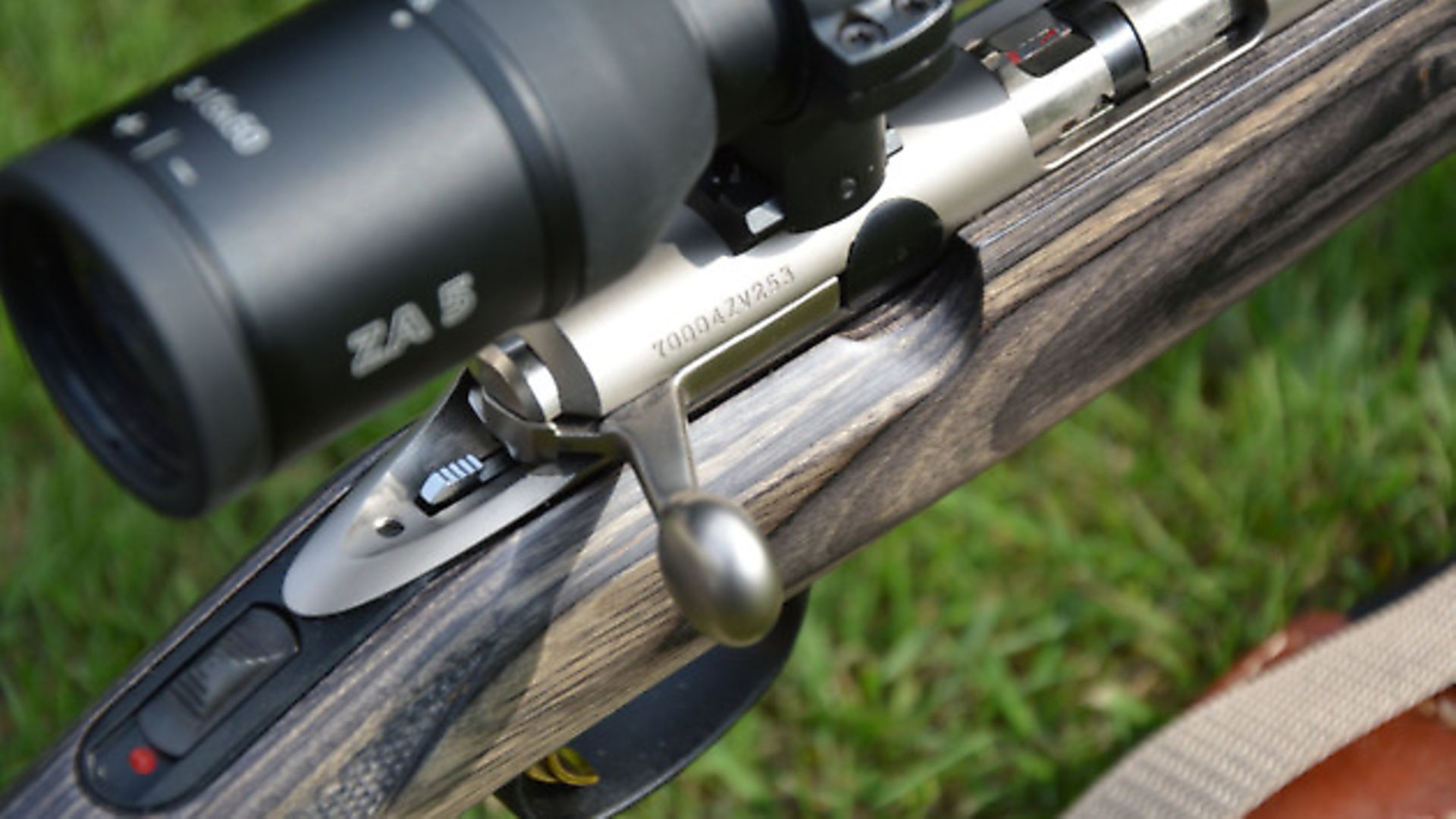 credit: Archant
credit: Archant
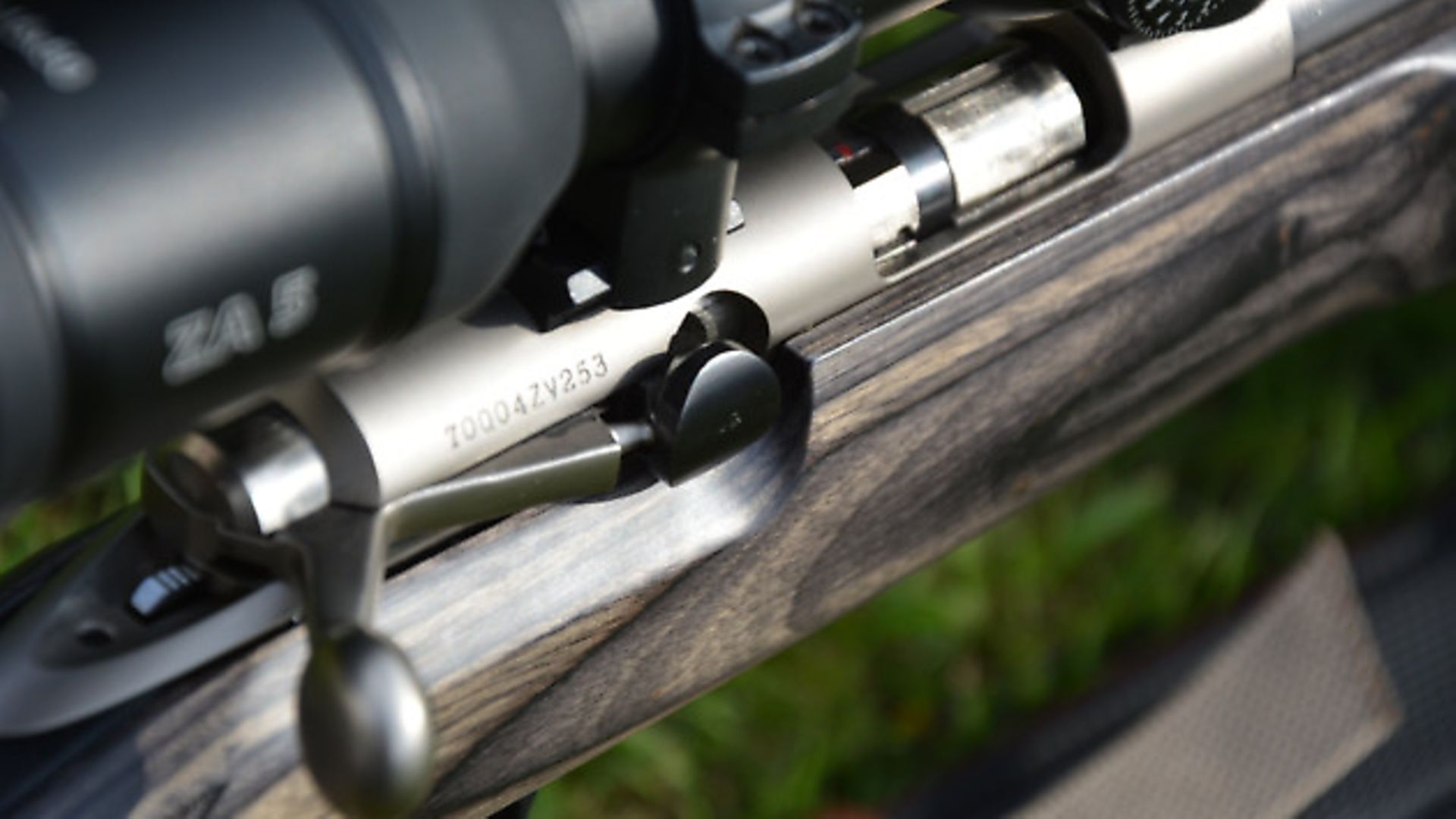 credit: Archant
credit: Archant
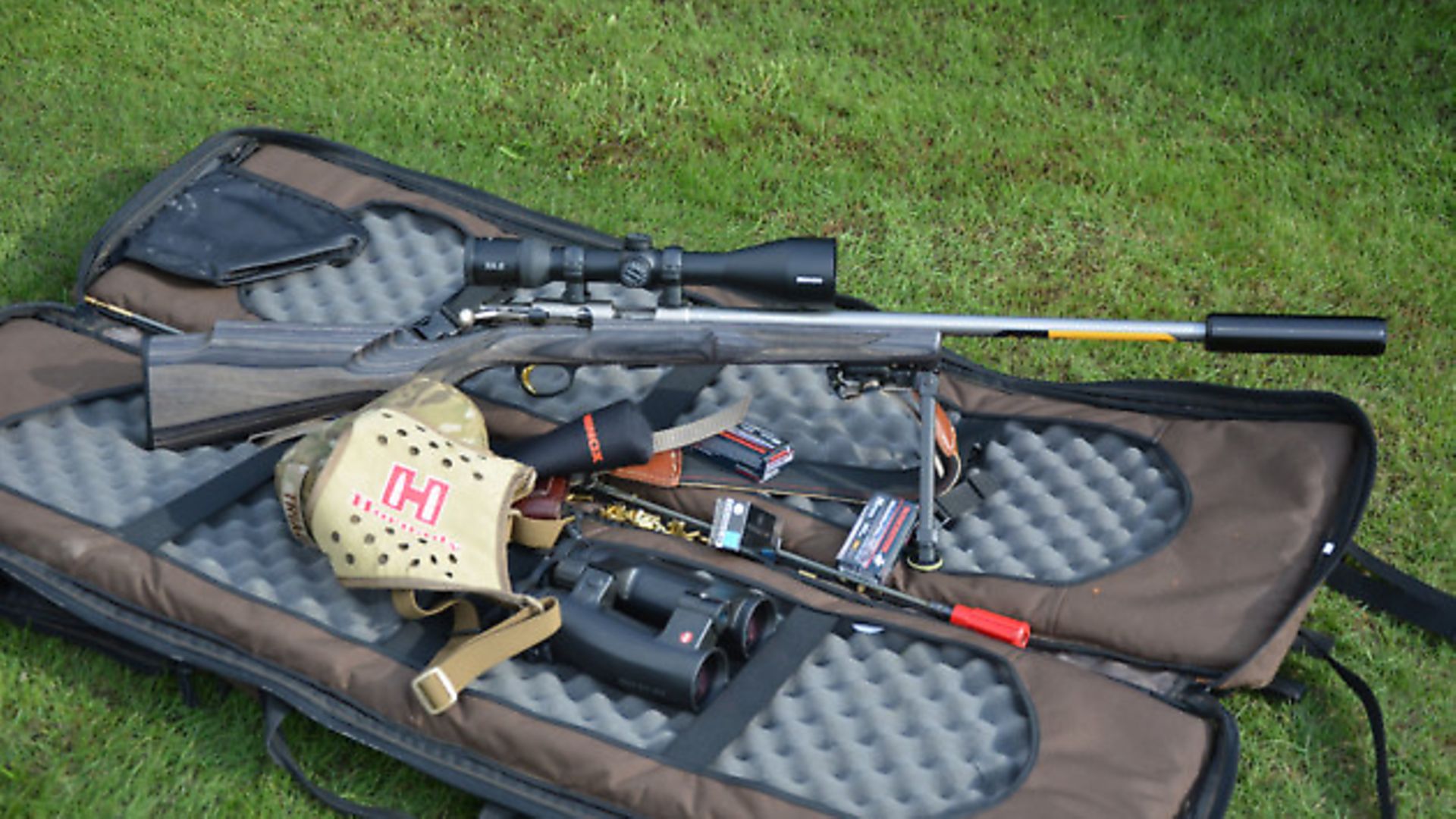 credit: Archant
credit: Archant
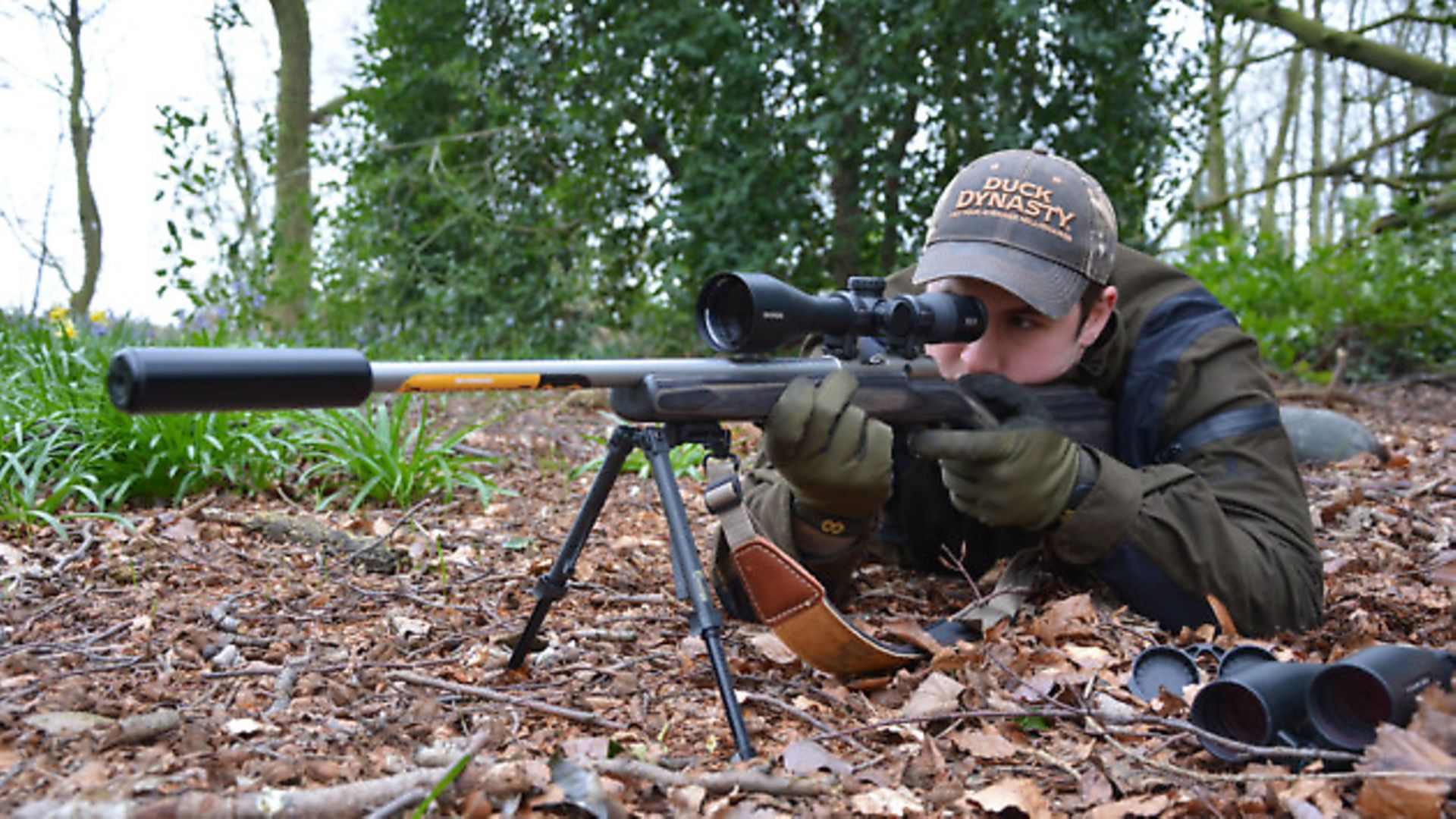 credit: Archant
credit: Archant
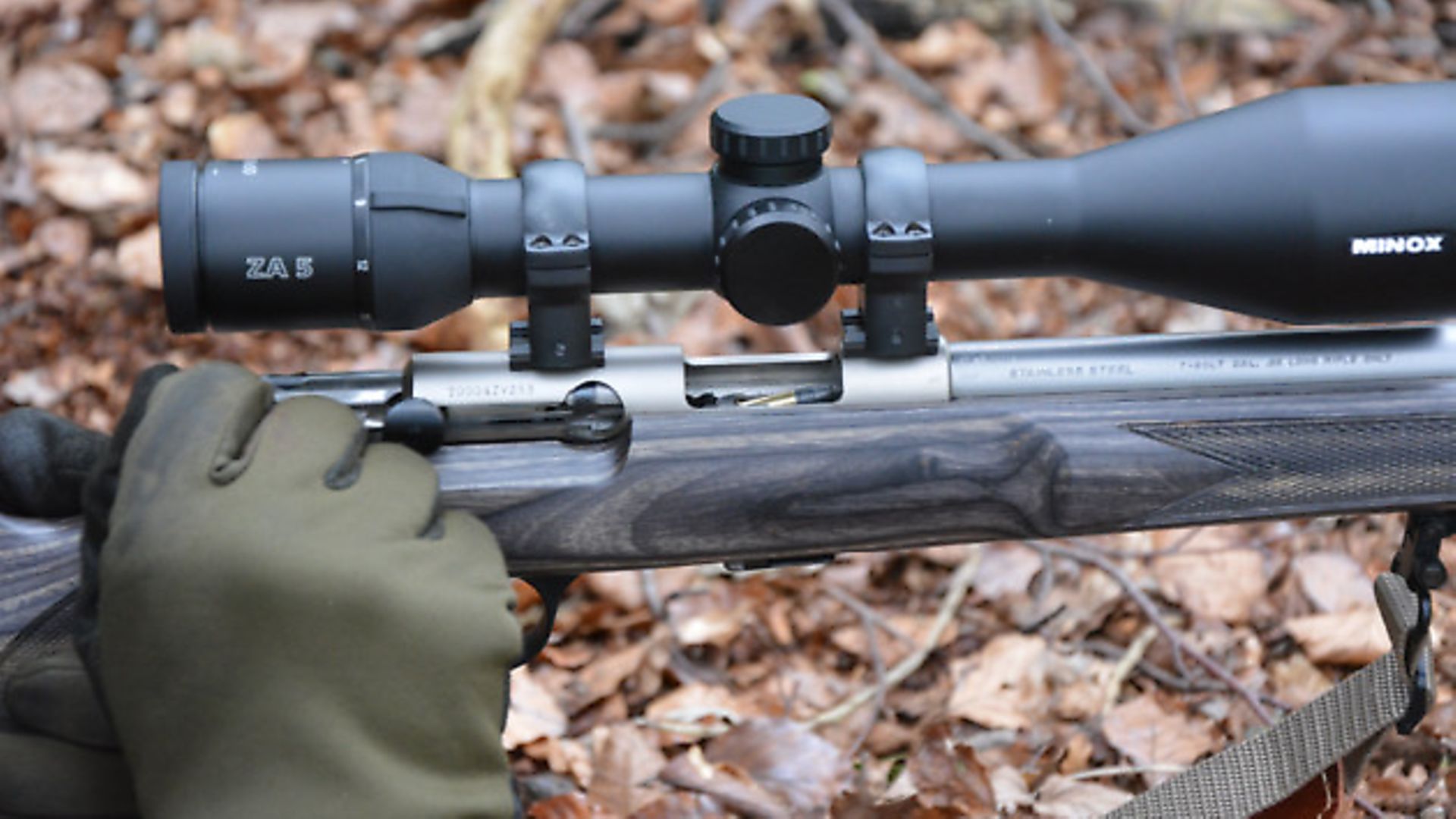 credit: Archant
credit: Archant
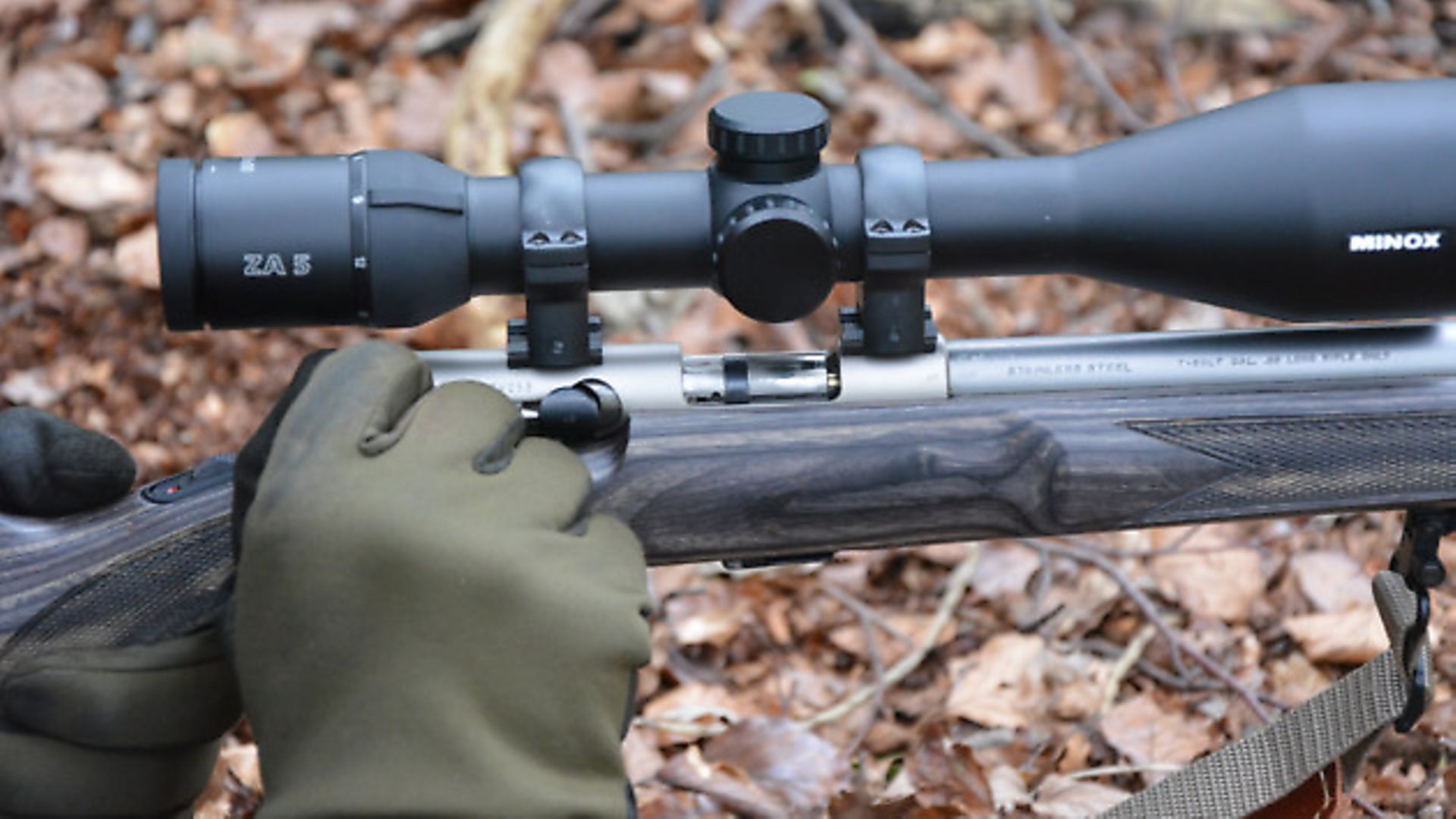 credit: Archant
credit: Archant
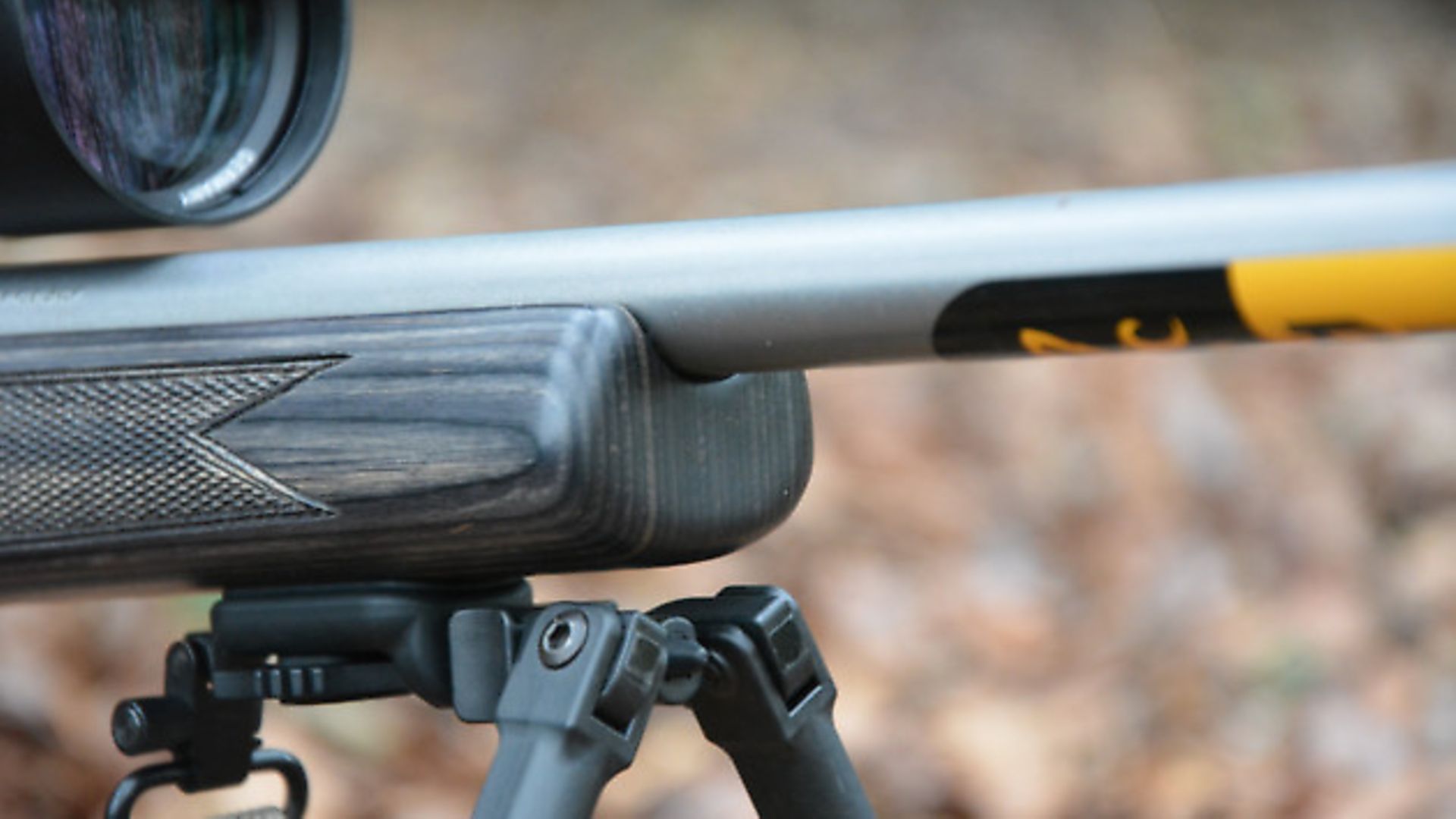 credit: Archant
credit: Archant
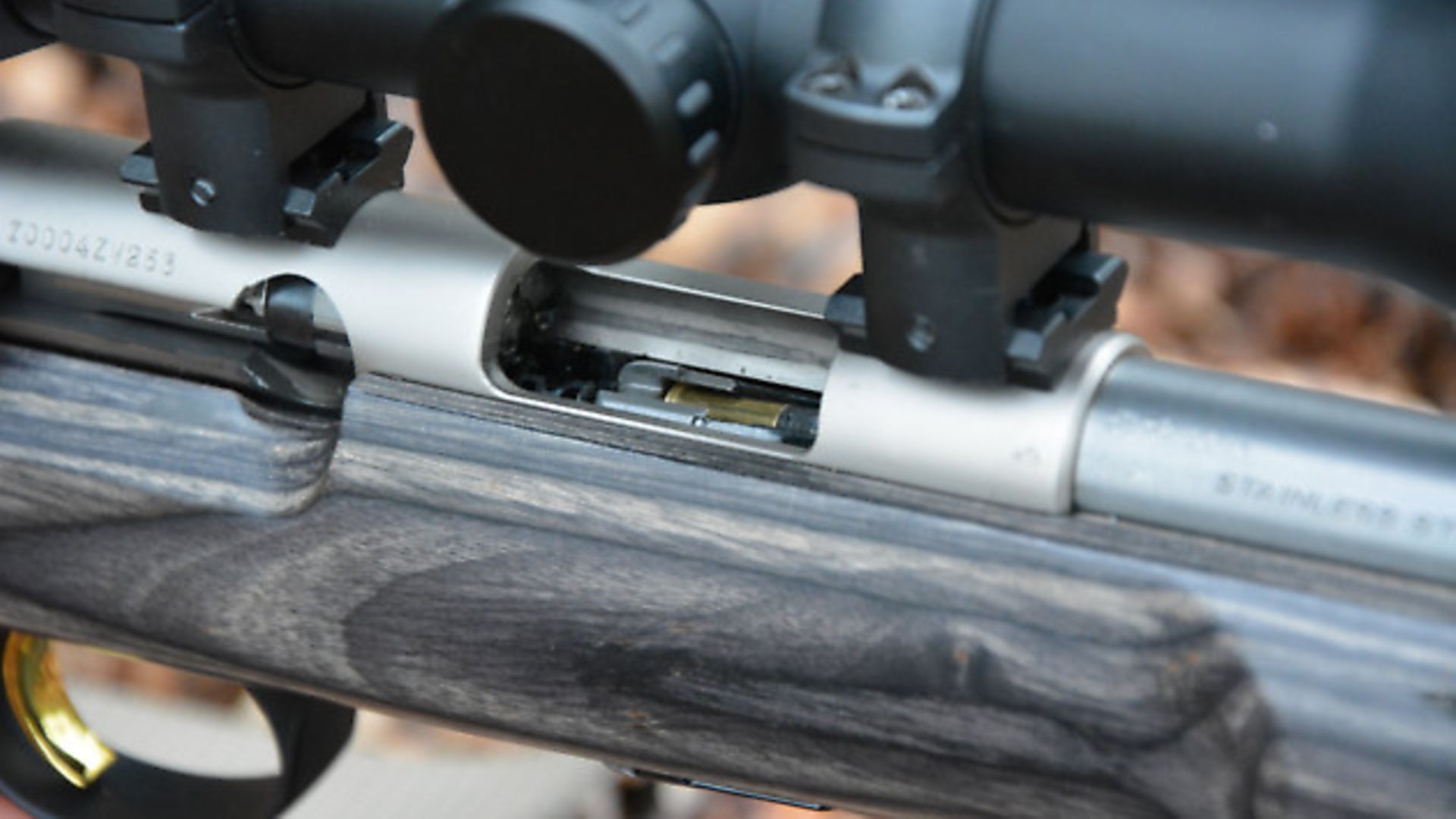 credit: Archant
credit: Archant